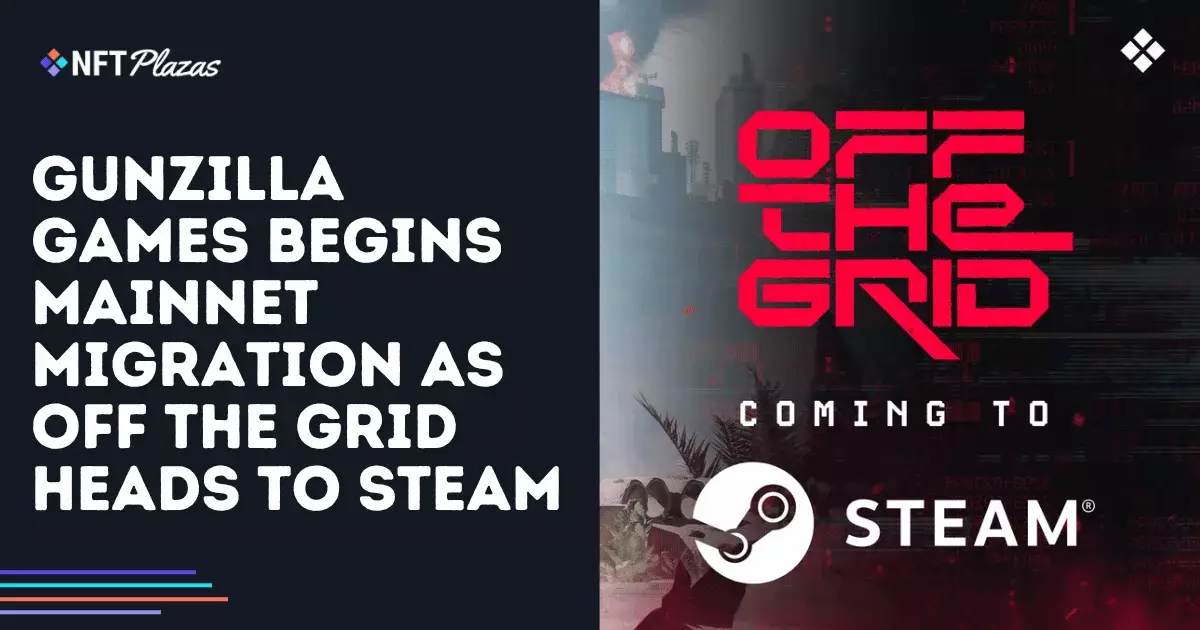In recent months, the hype surrounding blockchain integration within gaming has surged, promising a revolutionary shift toward player ownership and decentralized economies. But beneath the glossy exterior of press releases and token milestones lies a troubling reality. Gunzilla Games, a tantalizing example, touts their ambitious battlefield ecosystem GUNZ and its migration to mainnet as a milestone of technological progress. Yet, this move masks a series of questionable assumptions about the real benefits of blockchain in gaming, risking the erosion of consumer trust and regulatory stability. The industry’s narrative often overstates the permanence and security of on-chain assets, glossing over technical, legal, and economic pitfalls that threaten to undermine the long-term viability of these projects.
The Costly Illusions of Asset Ownership and Market Speculation
One of the core promises of blockchain-enabled gaming—permanent player ownership—appears at first glance revolutionary. However, in practice, this ownership is often illusory and subject to regulatory whims. Gunzilla’s migration of over 21,000 players to mainnet and millions of dollars in transaction volume may suggest success, but it also exposes players to a precarious environment. Assets like skins, weapons, or loot stored on chain are susceptible to legal ambiguities—particularly concerning intellectual property rights and consumer protections that are still unclear in this space. Moreover, the market volatility of tokens like $GUN and the reliance on speculative trading introduce financial risks not only for individual players but for the broader gaming community. The promise of a decentralized economy can swiftly devolve into a playground for crypto vultures, where the scarcity and value of digital assets are driven more by speculation than actual gameplay.
The Regulatory Mirage and Its Implications
Gunzilla’s efforts to secure a VASP license and expand its token ecosystem point to a recognition of the regulatory risks inherent in blockchain gaming. Yet, they are also indicative of a broader industry pattern: attempting to navigate opaque legal landscapes while championing innovation. The fact that the PC version of Off The Grid will operate on testnet due to platform policies underscores a fundamental contradiction—blockchain features are heralded as transformative, yet are kept on the sidelines to appease gatekeepers like Steam. This dual approach reveals the fragile nature of blockchain gaming’s regulatory footing. The ongoing licensing process in jurisdictions such as the EU or US is likely to impose strict conditions, potentially curtailing the very freedoms that blockchain proponents tout. If these licenses are obtained, it might simply buy the industry time, rather than fundamentally change the inherent risks of unregulated token economies.
The Action-Driven façade: Gameplay Amidst Cryptocurrency Hype
Gunzilla’s recent gameplay updates—new modes, arenas, weapons, and mechanics—might seem to signal a maturing development process. Yet, these features are tangential to the core issues surrounding blockchain integration that threaten their ecosystem’s integrity. The focus on balancing recoil, weapon handling, and new maps is a familiar pattern, but it appears secondary to the larger question: Are these features merely a distraction from the underlying volatility of their token-driven economy? The central irony is that these exciting gameplay mechanics coexist with a fragile, unregulated on-chain economy that risks collapse if market confidence wanes or regulatory crackdowns intensify. The spectacle of these updates risks overshadowing the fundamental vulnerabilities of relying on an unproven financial infrastructure.
Unsustainable Growth and the Illusion of Scalability
Gunzilla’s plan to migrate the full 17.3 million wallets to mainnet is ambitious, yet it exemplifies an overconfidence often seen in blockchain projects—drawing parallels with the dot-com bubble where growth was prioritized over sustainability. The introduction of validator NFTs, partnership with decentralized exchanges, and the promise of broader token use seem to assume scalability and permanence without addressing the technical strain or the economic volatility that could crush the ecosystem. Moreover, the purported increase in asset activity, such as 413,000 decodings and nearly $13 million in token volume, may sound impressive but ultimately risk inflating a bubble predicated on speculation, not real user engagement or solid gameplay innovation.
The Illusion of a Decentralized Future and Its Risks
While proponents paint blockchain gaming as a path toward democratization and ownership, a more critical perspective reveals that the industry is veering toward centralization. Gunzilla’s partnerships, licensing endeavors, and control over the ecosystem effectively recreate traditional hierarchies under a blockchain veneer. The reality is that the ecosystem remains highly dependent on a handful of companies, regulations, and market sentiments. This centralization threatens to undermine the decentralization narrative, rendering the hype a carefully curated illusion. As regulatory scrutiny intensifies, the chances of the industry being co-opted or severely restricted increase, making the promise of an open, player-driven economy an increasingly distant dream.
In essence, while blockchain gaming currently portrays itself as a beacon of innovation, a critical examination reveals it to be a fragile veneer driven by market hype, regulatory uncertainty, and unchecked speculation. Beneath the surface, it masks profound risks that could destabilize both the industry and the players who invested in this unproven frontier.


Leave a Reply